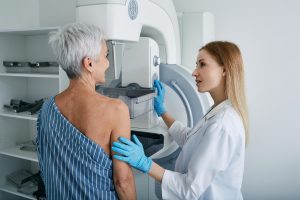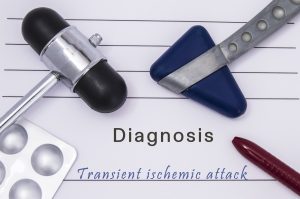 Puberty typically starts between the ages of 9 and 14 for boys and between the ages of 8 and 13 for girls. However, some children may experience this process later than normal. This usually does not indicate a medical problem, but in some cases, it can be caused by genetic factors or an underlying condition.
Puberty typically starts between the ages of 9 and 14 for boys and between the ages of 8 and 13 for girls. However, some children may experience this process later than normal. This usually does not indicate a medical problem, but in some cases, it can be caused by genetic factors or an underlying condition.
Delayed puberty is defined as a lack of increase in testicle size by the age of 14 for boys and a lack of increase in breast development by the age of 13 for girls. Even if a child is experiencing other indicators of puberty, such as public hair growth or body odor, they may still meet the definition of delayed puberty.
Some of the medical conditions that can cause delayed puberty include cardiac problems, celiac disease, Klinefelter syndrome (in boys), Turner syndrome (in girls), and conditions that disrupt normal hormonal processes. Delayed puberty may also result from hereditary factors. If one or both of a child’s parents experienced puberty at a slower rate than most children, it is more likely that it will happen to that child, as well.
Many cases of delayed puberty (particularly in boys) are also associated with constitutional growth delay (CGD). CGD causes skeletal growth to be temporarily delayed. While potentially alarming, this delay is recognized as a normal part of physical development for some children and is not a cause for concern.
Treatment for delayed puberty often involves hormone therapy to jumpstart the overall process. However, it also partially depends on the factors that are causing it to occur. If the delay is the result of an underlying medical problem, treatment will also need to focus on resolving or managing that problem. Aside from a physical examination, these problems can be diagnosed through x-ray imaging (to look at bone development) and blood tests (to check hormone levels and identify signs of underlying disorders).
If your child is experiencing delayed puberty, you can visit a pediatric endocrinologist at Forest Hills Pediatric Specialists. To schedule an appointment, please call (718) 704-5020.
All content of this newsletter is intended for general information purposes only and is not intended or implied to be a substitute for professional medical advice, diagnosis or treatment. Please consult a medical professional before adopting any of the suggestions on this page. You must never disregard professional medical advice or delay seeking medical treatment based upon any content of this newsletter. PROMPTLY CONSULT YOUR PHYSICIAN OR CALL 911 IF YOU BELIEVE YOU HAVE A MEDICAL EMERGENCY.










